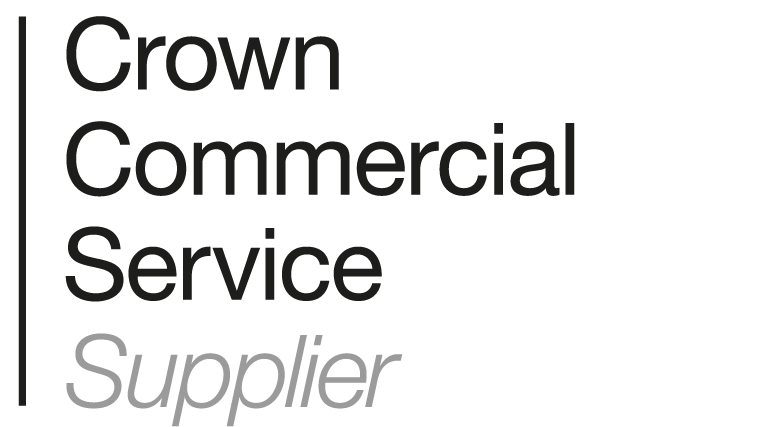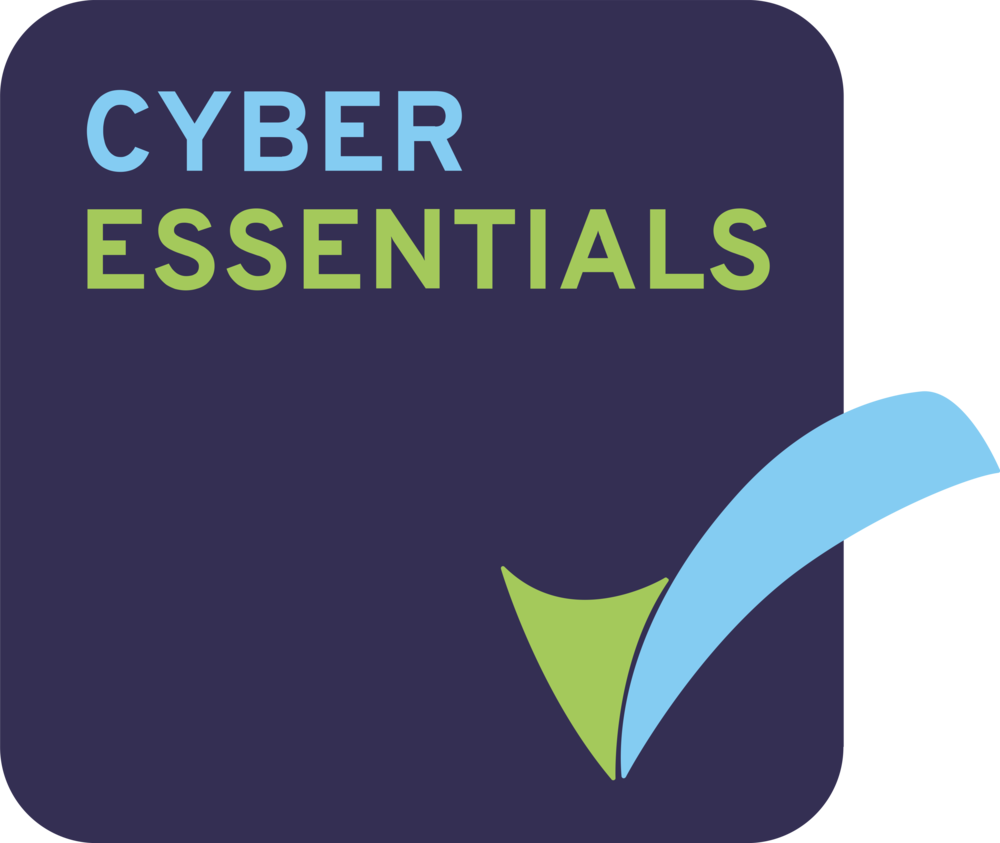A key challenge for any resource planning team is the ability to create workforce management long-term forecasting techniques that provide accurate capacity and workforce planning.
Based on 100 contact centre workforce planners, the top 5 forecasting challenges are:
- Need to forecast for multiple skill sets
- Changing business needs negate usefulness of historical volume data
- Volume driven by external events, not controlled by the company
- Volume is seasonal and can vary greatly
- Volume patterns change frequently, making projections difficult
Workforce Management tools help forecast demand accurately by using historical data. This means you can predict peaks and valleys of calls throughout the day, week, month or season and forecast accordingly to help you meet demand.
For everything you need to know about WFM, check out our article:
What is Workforce Management?
The larger the sample size of historical call data, such as contact volumes, handling time, arrival patterns, shrinkage, efficiency and more, you can extract from your Automatic Call Distributor (ACD), the more accurate your workforce planning forecasting will be.
How do you long-term forecast accurately?
1. Define the forecast objective
First of all, it’s important to define forecasting objectives from the outset in order to have something tangible to measure against.
Identify what the key parameters are for each contact type; these could be based on service levels, average speed of answer, occupancy rate, or workload calculation.
2. Plan for shrinkage and attrition
The shrinkage percentage must be considered when putting together long-term forecast as it prepares you for any unforeseen circumstances in order to ensure you always have enough resource to meet customer demands without overstaffing.
For example:
If you are scheduling 12 months in advance and your forecast shows you need 60 agents, you will need to apply shrinkage to that number, in order to be certain the right number of agents will be available.
For the purpose of this example, let’s assume you have a shrinkage of 25%.
If you need 60 agents, you will need to schedule 80 (80 minus 25% will leave you with the 60 agents you need).
ACTION:
Step 1. Calculate your shrinkage. Use historical data and take in to consideration:
- planned shrinkage (annual leave, training, events, etc…)
- unplanned shrinkages (sickness, weather and travel disruptions, unexpected events, etc…)
Step 2. Apply your Shrinkage percentage across the entire forecasts period to maximise resource availability.
3. Forecast for Special Days
All forecasts, from long-term down to intra-day, need to take special days and special distributions into account.
Related Content [Whitepaper]
Building Next-Generation WFM: A Definitive Guide
Special day are days when customer contact volumes are significantly different from normal.
For example:
- A national holiday
- A specific event
- The day after a specific event
- A one-off or recurring event.
ACTION:
- Collect historic data for previous similar ‘special days’. Analyse when they occurred (day of the week, month) and apply weight to the data depending on how recent it is (year/month/day)
- You can use WFM to predict daily and interval call volumes. You’ll need to break down the forecast into time intervals (monthly, daily and hourly) and apply the ‘special day’ effect.
For example:
- Forecast for year = 382,572
- July percentage = 9.38%
- Wednesday percentage = 16%
- Impact of July 4th = 30%
- 10:00 to 10:30 proportion of day = 5.2%
In addition, you should adjust for other known influences, such as:
- Internal: Planned marketing campaigns, events, news, etc.
- External: Weather, season, consumer trends, etc.
All of this information will allow for the Workforce Management tool to more accurately forecast your workforce staffing requirements.
To find out more about forecasting, check out our article:
Preparing for fluctuating contact volumes with Workforce Management
4. Incorporate data from other contact centre solutions
A select few organisation look to leverage WFM and incorporate data from other contact centre solutions, like quality monitoring, coaching, process analytics, speech analytics, customer feedback, and e-learning to help maximise productivity within a schedule.
Having an integrated solution can allow a supervisor to see the schedule and truly understand why adherence is occurring or not.
For example:
- Process Analytics: which allows you to identify what applications are being used during periods of non-adherence
- Speech Analytics: can help you quickly analyse and understand the root cause behind a spike in customer contact volumes
- Quality monitoring: you can pin point areas that require additional training and ensure your agents are sufficiently skilled
- Business Intelligence: will give you a single view of organisational performance and KPIs in order to improve your business processes and operational efficiency
- Real-time guidance: lets your agents know what the best possible response is and helps you up-sell and cross-sell
- Real-time customer feedback: improve contact centre efficiency by getting instant feedback from your customers
Integrating different solutions can offer the understanding needed to create a paradigm shift within an organisation.
ACTION:
Look at what solutions are currently being deployed within your organisation and set out a plan on how you can utilise data from various sources to improve the accuracy of your workforce planning.
Related Content [Whitepaper]
12 Reasons Why Today’s Modern Contact Centre Needs Workforce Management Technology
5. Check your data
Qualified data makes for better forecasts, something which is as simple as it sounds.
The range of data selected to create a forecast is essential, and including a specific event or launch, a period when your business has gone through change or restructure, can all have a significant impact on your forecast.
Checking in with your operational teams before selecting specific data for a forecast can also pay huge dividends when it comes to optimising your resource planning.
Resource forecasting tools
An effective resource forecasting tool should allow you to:
- See past project data so that your estimates are solid—without having to sift through lengthy reports.
- Reuse successful deliverable budgets and work plans that have shown to bring results
- See how many hours your resources are scheduled and to which projects and deliverables they’re assigned.
- Track time so that you have precise data on hours spent on projects.
Related Content [Whitepaper]
Forecasting and Scheduling for Multi and Omni-Channel Contact Centres
Are you Long-term forecasting with no historical data?
If you find yourself in a situation where you have no resource planning historical data to work with, you can start by creating best, worst and medium case scenarios based on your knowledge of the business to date.
Once you have collected sufficient real data, you can then quickly adjust and re-optimise/re-forecast your workforce.
For more information or advice on Workforce Management long-term forecasting techniques and workforce planning, get in touch with our team.















